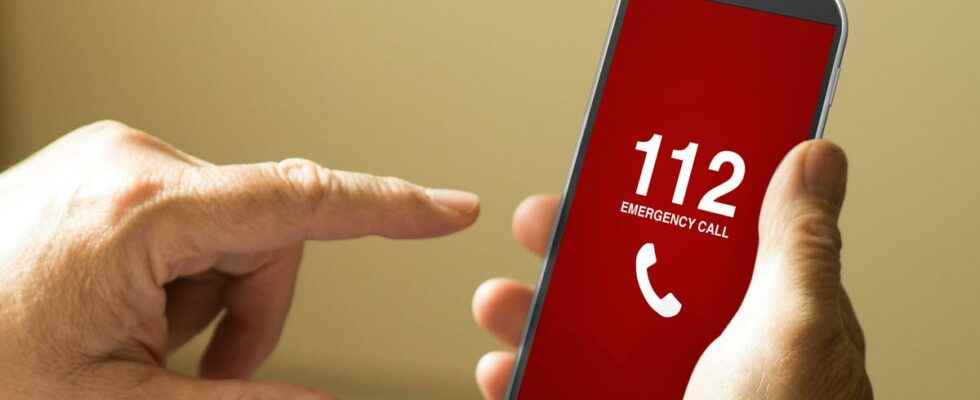Presented as the solution for contacting the emergency services in the event of power cuts from the electricity network, this number may however also be inaccessible.
Will the emergency numbers be reachable in the event of a power outage? Nothing is less sure. Emergency numbers like 12, 13, 15 will not work. There remains the 112 presented by the government as the solution to all problems. In most cases, this number should remain accessible, but not everything is so simple.
In the event of a power cut, a load shedding measure put in place by Enedis, the relay antennas of the telecom operators will also be deprived of power. The majority of them, placed in particular on the roofs of buildings when they are in town, do not have a battery. They are not autonomous. In other words: without electricity, the operators’ mobile network does not work. No more than the fixed network. Whether you are at home or at home, equipment needs electricity to operate. Without it, no signal for the internet box, nor for the landline.
So what about 112? This European emergency number, which is the same for all the countries of the Union, benefits from special treatment. Any operator, whether you are a customer or not, relays a phone call from a cell phone. This is the principle of roaming applied to emergencies, with an agreement between all the operators. As when a subscriber is in a country other than his own and benefits from the network of a local operator.
SEE ALSO – Poll – French people worried about power cuts
Alternative solutions to be found
In the case of power cuts, the government and the operators are working on a map so that in the event of load shedding, all the antennas in a sector are not deprived of electricity at the same time. In dense areas, large urban centers, there are several antennas, so 112 should remain reachable, provided that the cuts do not concern too large a perimeter. In rural areas, it is different. “Operators were encouraged to pool their network. Several antennas are installed on the same tower. What poses a problem for network resilience“, explains Michel Combot, general manager of the French Federation of Telecoms. These pylons are usually equipped with generators. But not all of them, and their autonomy is limited. In this case, 112 would no longer be reachable.
Read alsoWhy Paris will be less affected by possible power cuts this winter
Charge to the Prefects to put in place alternative solutions. Satellite devices could be deployed on an ad hoc basis to relay, in targeted areas affected by power cuts, calls to 112. Firefighters and gendarmes could also be mobilized to relay emergencies. Everything is still on the table.
